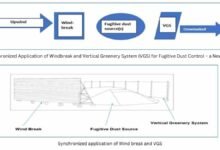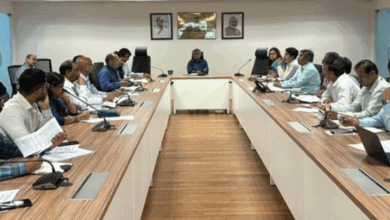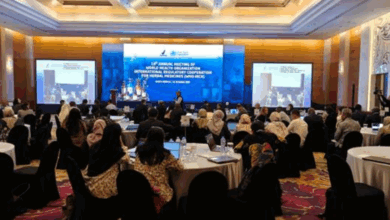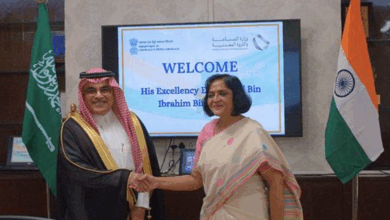Ministry of Coal Unveils Landmark Report on Overburden Utilization in Coal Sector
HPEC Report highlights innovative strategies to transform mining waste into valuable resources, boosting sustainability, economic development, and community livelihoods.
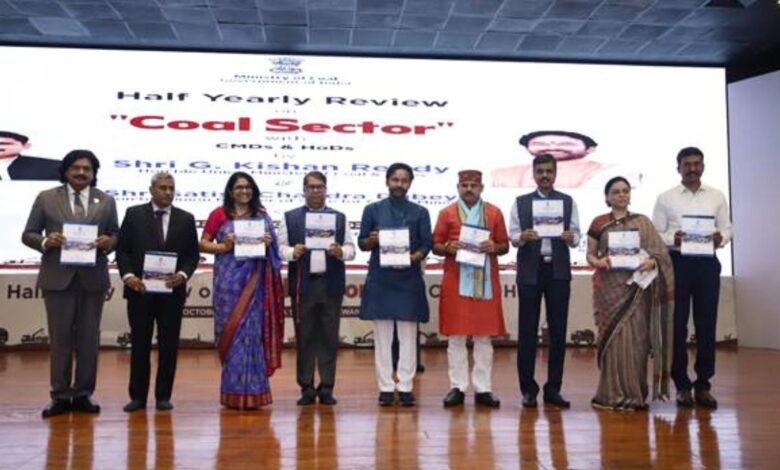
In a major step towards sustainable resource management, the Ministry of Coal, under the leadership of Union Minister Shri G. Kishan Reddy, today unveiled the High-Powered Expert Committee’s (HPEC) report on the Gainful Utilization of Overburden (OB) in the coal sector. The report was presented during the Half-Yearly Review of the Coal Sector at Sushma Swaraj Bhawan, New Delhi. The event was attended by Union Minister of State for Coal & Mines, Shri Satish Chandra Dubey, Secretary of the Ministry of Coal Shri Vikram Dev Dutt, and senior officials from coal and lignite public sector undertakings (PSUs).
Overburden, which includes soil, rock, and minerals removed during mining operations, has long been viewed as a waste product. However, the HPEC report redefines this narrative by highlighting the potential of OB as a valuable resource. The committee, which includes experts from five central ministries, NITI Aayog, and coal companies, was tasked with exploring innovative ways to repurpose OB in line with sustainable development goals.
Transforming Waste into Wealth
The HPEC report advocates a ‘Whole Mining’ approach, which integrates OB into the economic value chain. Key recommendations include processing OB to produce Manufactured-Sand (M-Sand), which is in high demand in the construction sector. By using OB to produce M-Sand, coal companies can reduce dependency on river sand, mitigate environmental degradation, and create significant revenue streams. Several pilot plants have already demonstrated the commercial viability of this initiative, and more OB processing plants are being established across the coal sector.
The report also outlines the potential benefits for local communities, including job creation through the establishment of OB-to-sand processing plants. The repurposing of OB for construction projects could reduce costs for local infrastructure development while simultaneously preserving ecosystems by reducing riverbed mining.
Circular Economy and Environmental Benefits
In line with India’s push for a circular economy, the coal sector is making strides in minimizing waste and maximizing resource use. To date, Coal/Lignite PSUs have commissioned four OB processing plants and five OB-to-M-Sand pilot plants, with six more plants in various stages of installation. These efforts contribute not only to environmental sustainability but also to fostering community engagement and trust in coal mining regions.
OB is not only a source of M-Sand but also contains valuable minerals such as clay, limestone, and rare earth elements that can further support industrial development. Additionally, reclaiming land previously used for OB dumps opens up new opportunities for agriculture and infrastructure projects.
A Path Forward

The Ministry of Coal is committed to implementing the recommendations of the HPEC report, which marks a significant milestone in India’s efforts to enhance sustainability in the coal sector. By embracing innovative solutions like OB processing, the coal industry aims to strike a balance between economic growth and environmental protection, contributing to the nation’s broader sustainability goals.
With the launch of this report, India’s coal sector is set to embark on a new chapter where mining byproducts are transformed into valuable assets, fostering both environmental and economic progress.

